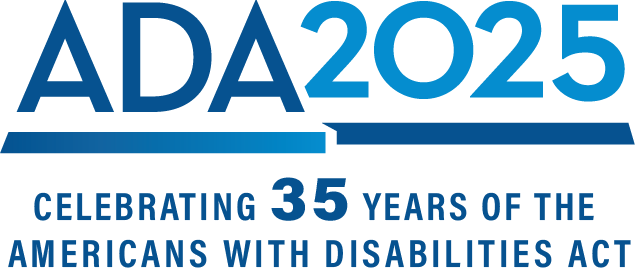Compared to people without disabilities, people with disabilities are less likely to receive cancer screenings and preventive care, have higher rates of obesity and cardiovascular disease, and have a harder time finding doctors. One meaningful way to address these disparities is to ensure that medical facilities and equipment are accessible.
Accessibility of medical care services and the facilities where they are provided is essential. It enables minor problems to be detected and treated before becoming major or even life-threatening.
Accessibility is also legally required by multiple provisions of the ADA. Title III covers private hospitals and medical offices are covered by Title III as places of public accommodation. Medical offices operated by state and local governments, as well as public hospitals and clinics, are covered by Title II as programs of the public entities. In addition, if any of those entities receive federal financial assistance, which can include Medicare and Medicaid reimbursements, they are covered by Section 504.
To help providers make their practices more accessible to people with disabilities and older adults, the U.S. Access Board issued standards for accessible medical diagnostic equipment in 2017. These standards provide design criteria for examination tables and chairs (including those used for dental or optical exams and procedures), weight scales, radiological equipment, mammography equipment, and other equipment used for diagnostic purposes by health professionals.
For example, the standards establish criteria to ensure that:
- Women with mobility disabilities or difficulty with balance can use mammography equipment
- Accessible wheelchair scales have sufficiently large platform surfaces and appropriate ramping and edge protection
- Diagnostic equipment allows patients to transfer from a wheelchair
The standards were informed by extensive research conducted by the Rehabilitation Engineering Research Center on Accessible Medical Instrumentation, funded by ACL’s National Institute on Disability, Independent Living, and Rehabilitation Research.
In addition, this U.S. Department of Health and Human Services (HHS) Office for Civil Rights and U.S. Department of Justice joint technical assistance publication for medical care providers explains the requirements of the ADA and addresses frequently asked questions about how they apply to specific situations.
By adopting these standards, medical providers can expand their patient base while reducing the risk of workplace injuries, liability, and attrition resulting from nurses and nursing assistants physically transferring patients to and from inaccessible examination equipment.
Learn more by reading ACL’s issue brief, “Wheelchair-Accessible Medical Diagnostic Equipment: Cutting Edge Technology, Cost-Effective for Health Care Providers, and Consumer-Friendly.”

